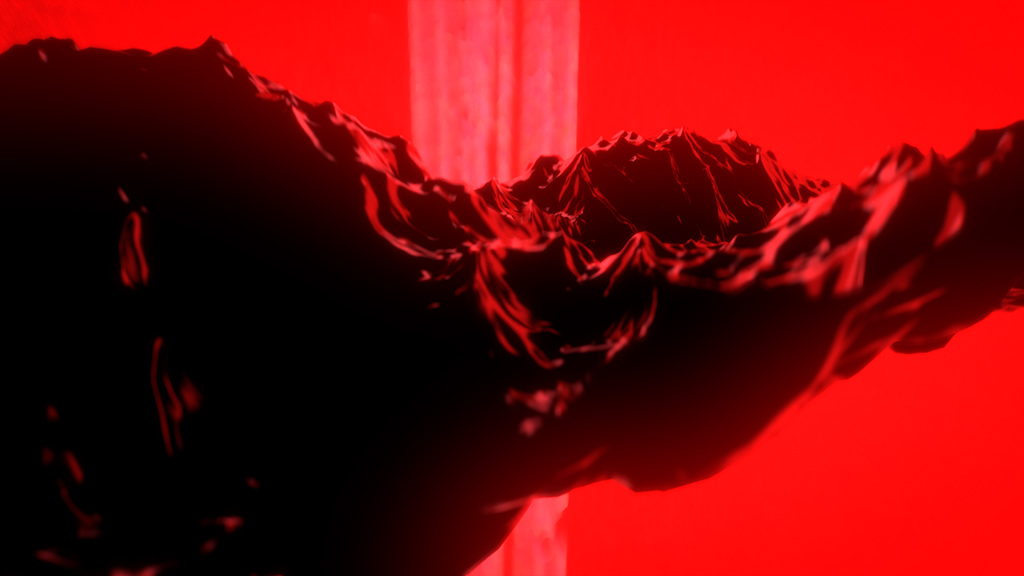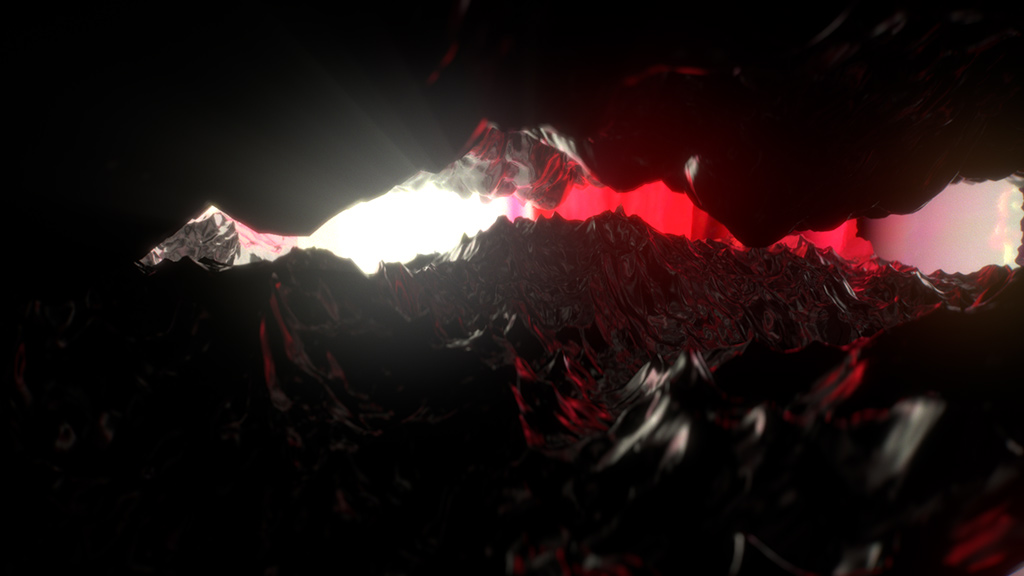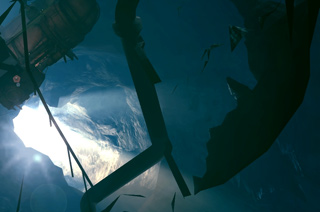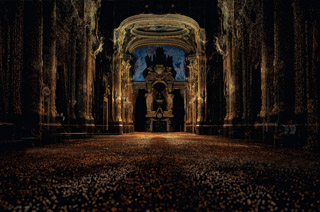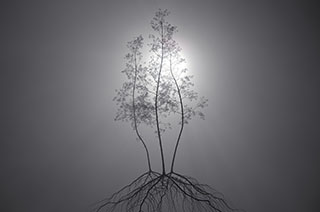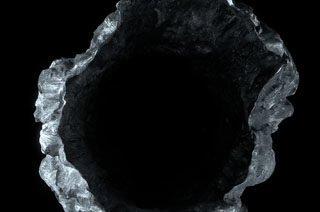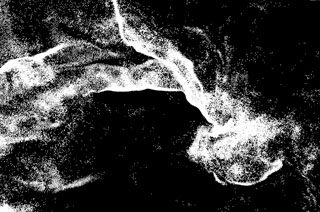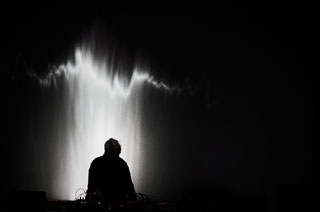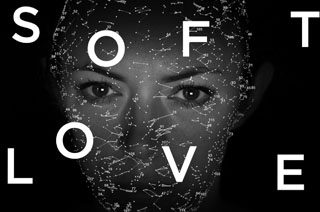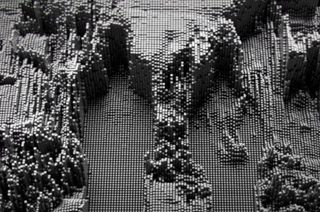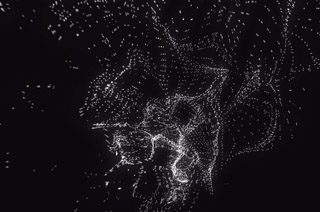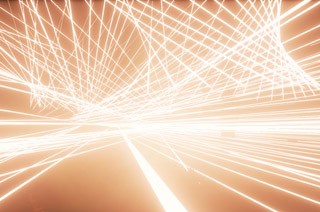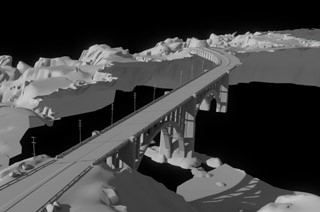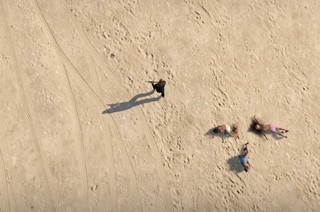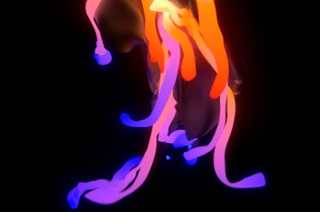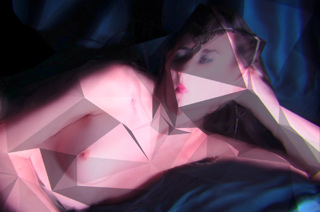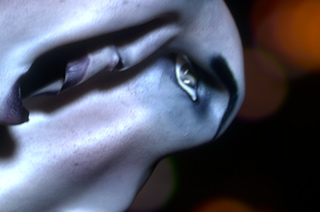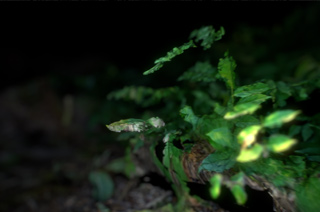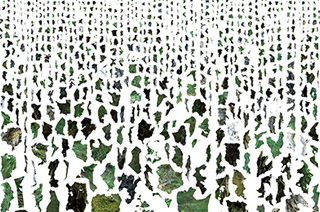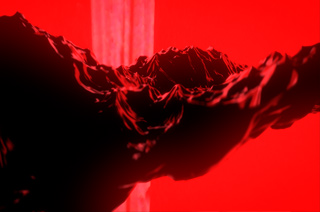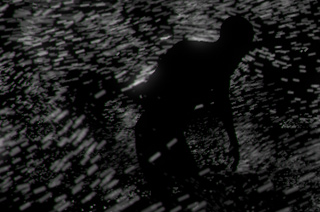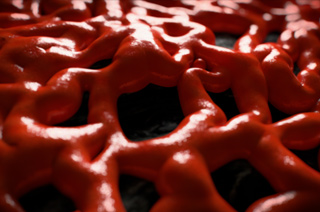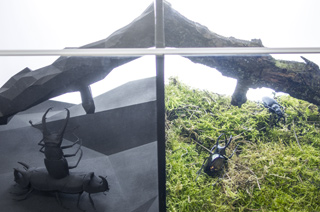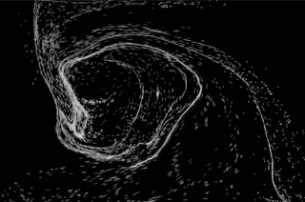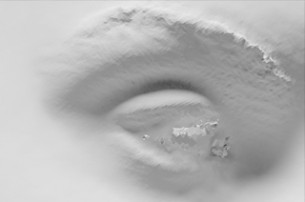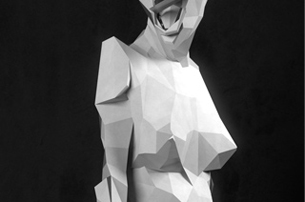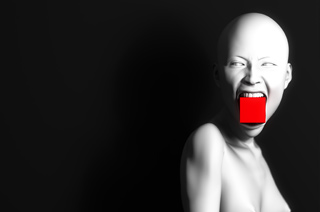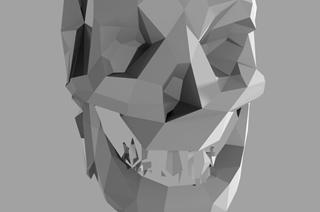SURFACE MOUVEMENT – SURFACE LUMIERE
Surface mouvement – surface lumière. 2013.
A film by Hugo Arcier
Music by Thomas Mercier
Production Hugo Arcier Studio
This film is a tribute to artist and director Len Lye in the shape of a friendly confrontation between analog and digital. In most of his films, Len Lye uses a very particular technique: film scratching. Not only his medium is analog (the film) but also his work is completely manual, with a tool reduced to its bare minimum. This can seem contrary to the very technical world of computer generated images. And yet to me, it seemed judicious to combine these two universes and to show the influence that Len Lye’s films were able to have on my work and in a more general way, the fact that computer generated images do not represent a departure, but fall well within the continuity of artistic movements that preceded them.
Even if the idea is attractive, for me, digital technology was never a revolution in the sense of a complete change of paradigm, I consider it rather as an evolution allowing to optimize, to improve or simply transform the existing.
The original music created for Surface movement – surface light by the composer Thomas Mercier was thought of in this same logic of analog material transmuted by digital technology. As in Len Lye’s films, this soundtrack multiplies the synchronous events with the image so that they become an inseparable unit.
Beyond the tribute to Len Lye, the film, with its violent variations of luminosity, also draws near to flicker films, formed by a succession of hypnotic images (generally black and white). An experimental genre, also closely linked to film, because in its primitive form, it is the camera recording light onto the celluloid and then projecting this same light on screen.
Among the first examples representing this genre are: Arnulf Rainer (1958-1960) by Peter Kubelka, The Flicker (1966) by Tony Conrad or even Ray Gun Virus (1966) by Paul Sharits.
Len Lye liked the loop figure and the title of his first film, Tusalava, means “Everything begins again” in Samoan. To create Surface movement – surface light, I start from this brilliant analog material extracted from two of his films – Swinging the Lambeth Walk (1939) and Tal Farlow (1960;1980), and give it a new life in the time of digital and computer generated images.
From this material I make a bright surface which deforms as if it wanted to get out, to explode its medium. It lights up the digital scenery, shifting surfaces in computer generated images.
Without it, blackness.
The digital material in this film is a repository and only exists thanks to the creations of Len Lye; but also, as in a painting by Soulages, it forms, transforms and emits in its turn.
Hugo Arcier
Projection at Videoformes 2014 (Clermont-Ferrand, France)Diffusion :
Videoformes Festival (Clermont-Ferrand, France) 2014
They talked about it:
POSTmatter
Art, Video, 2013

